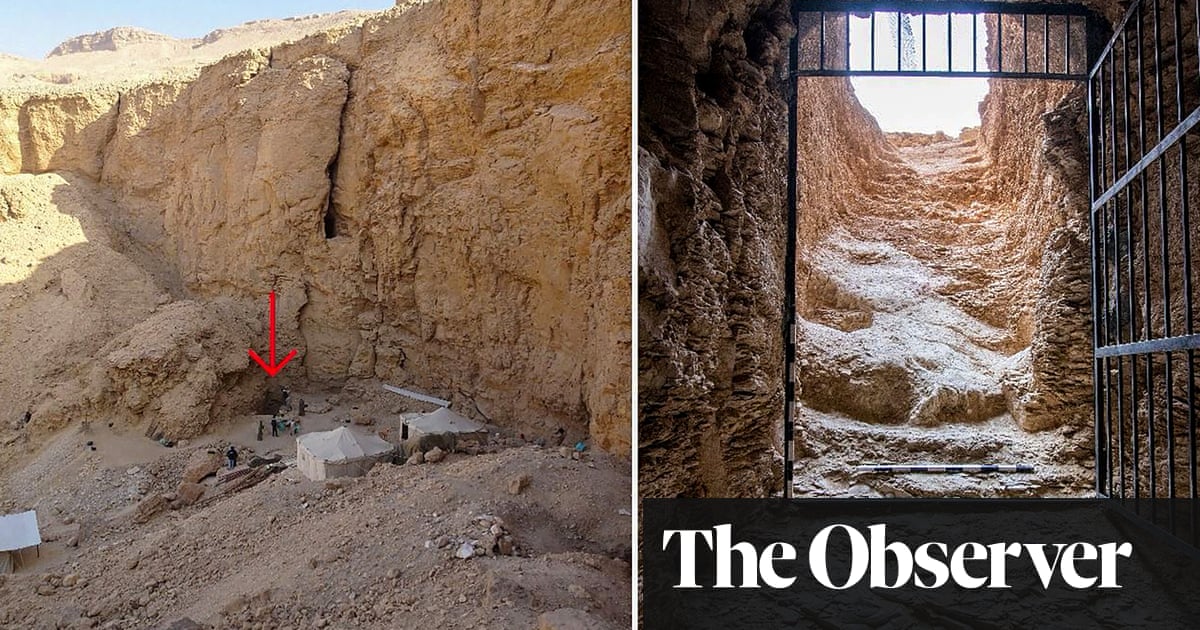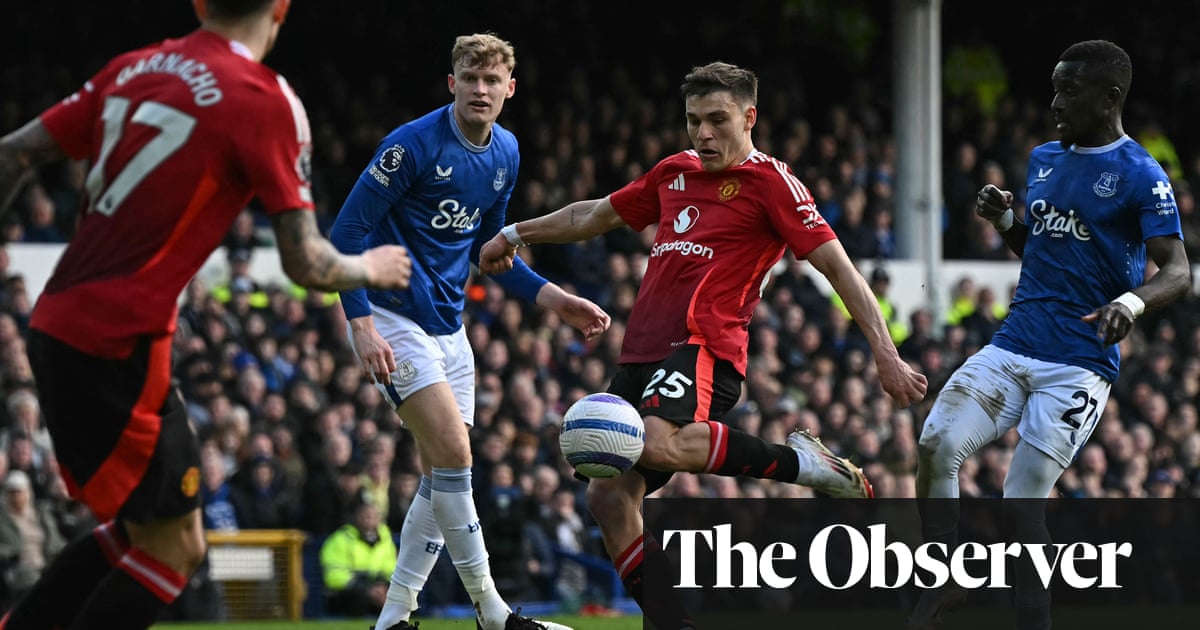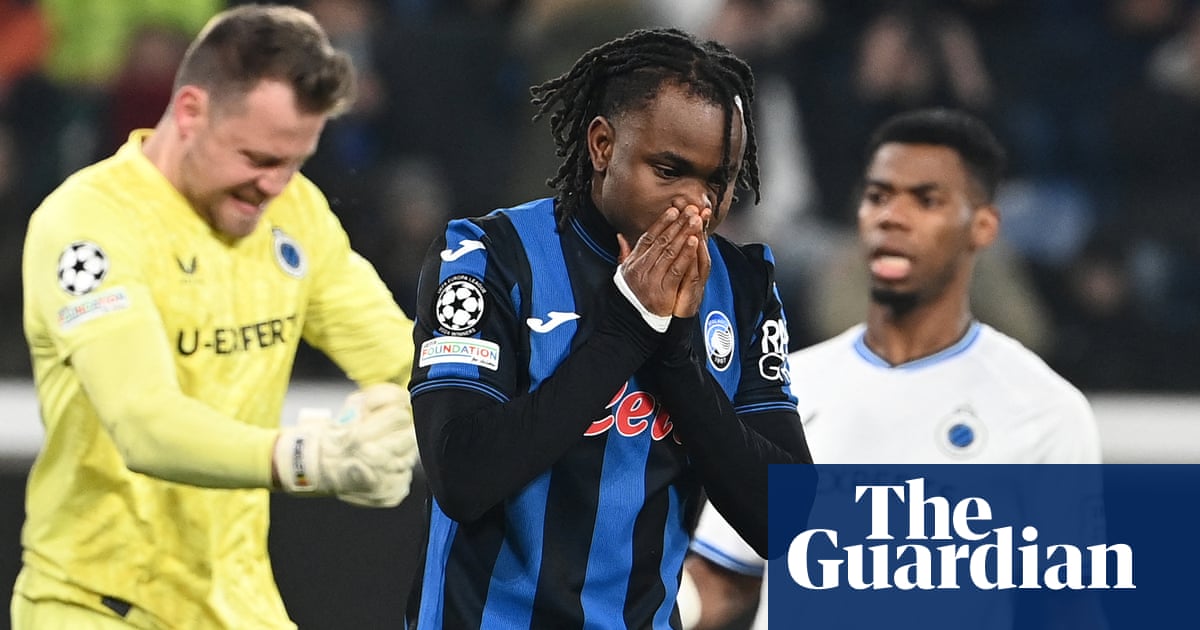As the Spanish national anthem rang out for possibly the final time in his career, Rafael Nadal could not stop his emotions from flowing. Tears welled up in his eyes and his hands visibly shook by his side. Finally, the last stage of this epic 30-year journey had begun, a moment that he never wanted to arrive but had no choice but to face. Nadal’s audience responded to his outpouring of emotions, clear to see on the big screen, with thunderous chants of “Rafa! Rafa!”
Not even those deafening, constant roars from the crowd could help to push Nadal beyond the limits of his bruised and broken body. Despite fighting for every last point with the diligence and desperation that has defined his entire career, Nadal was comprehensively defeated 6-4, 6-4 by Botic van de Zandschulp in the opening Davis Cup rubber between Spain and the Netherlands.
The defeat carries significant symbolism in the final journey of Nadal’s career; this is his first singles loss at the Davis Cup in 20 years after winning 29 consecutive singles matches. He was last defeated in this competition on his debut in 2004.
This has been a surreal, frenzied few days in the build up to this farewell for arguably Spain’s greatest ever athlete. The streets around the arena are filled with as much signage saluting Nadal’s career as there are advertisements for the Davis Cup, one of the most significant events on the tennis calendar.
In the past few days, as the tie grew closer, speculation also raged about exactly what form Nadal’s participation in Málaga would take. He had not played an official match since the Olympic Games nearly four months ago, so the consensus was that he would only take to the court in doubles. After arriving on-site earlier than most players and training diligently, including a set with Carlos Alcaraz on Monday night, Nadal was given the green light to compete in singles.
What followed was an occasion like no other. Nadal composed himself as he warmed up with Van de Zandschulp; the MC opted to slowly, pointedly read out every single significant achievement accrued by each player individually.
For Van de Zandschulp, the world No 80, it was a short and understated lead-in. Nadal’s introduction, however, was practically a PowerPoint presentation. After each of his major titles – 22 grand slam titles, two Olympic gold medals, four Davis Cup victories – were read out, the crowd responded with an exclamation of “Ayy”. It took minutes for the announcer to work through one of the greatest ever resumes a tennis player has compiled.
The spectacle that followed, however, bore little resemblance to those legendary times of old. It quickly became clear that Nadal was severely limited. His movement was extremely poor, particularly towards his backhand wing. He struggled badly with his return, usually one of his biggest strengths. Not only was he unable to read Van de Zandschulp’s serve, he simply could no longer move his body with the agility required to track those serve down.
after newsletter promotion
For Van de Zandschulp, overwhelmed by nerves at the best of times, the challenge was as much the occasion and crowd as his opponent. Early on in the encounter, the Dutchman struck three consecutive double faults, with each fault cheered on by an increasingly desperate crowd that worked through increasingly frequent chants of “Si, se puede.” More double faults and wild errors followed, including foot faults on second serves, but the Dutchman also composed himself well and finished the job with aplomb.
There were still moments that the 11,000-strong audience will never forget. At one point, Nadal chased down a lob and fired an overhead skyhook with his back to the net before sending the fans to their feet by winning the point. Down 4-1 and a double break, Nadal pulled a break back through his sheer force of will, which in the past would have been the start of an epic comeback. This time, he did not come close.
During his pre-event press conference, Nadal himself had made a point of noting that he was here to play and help the team – not simply to finish his career. In reality, if this was solely about helping the team, Spain’s best team configuration would have placed Nadal in a doubles-only capacity. But this is one of the greatest players of all time. It is only right that he had the opportunity to step on to the court on his own for one last tussle.
It remains to be seen if this truly marks the end for Nadal. Spain will attempt to overturn their deficit and reach the final. Fittingly, they will look to the new leading light of Spanish tennis, Alcaraz, to find a way through.

 3 months ago
49
3 months ago
49













































